Why Do My Solar Lights Flicker at Night?
You step outside at night, expecting your solar lights to cast a steady glow, but instead, they’re flickering like a candle in the wind. It’s frustrating, and you’re not alone—many people notice their solar lights dimming, flashing, or behaving erratically after dark. This issue often stems from a handful of culprits, from battery troubles to environmental quirks. Let’s break down why your solar lights might be acting up and how to fix them, so you can enjoy reliable illumination again.
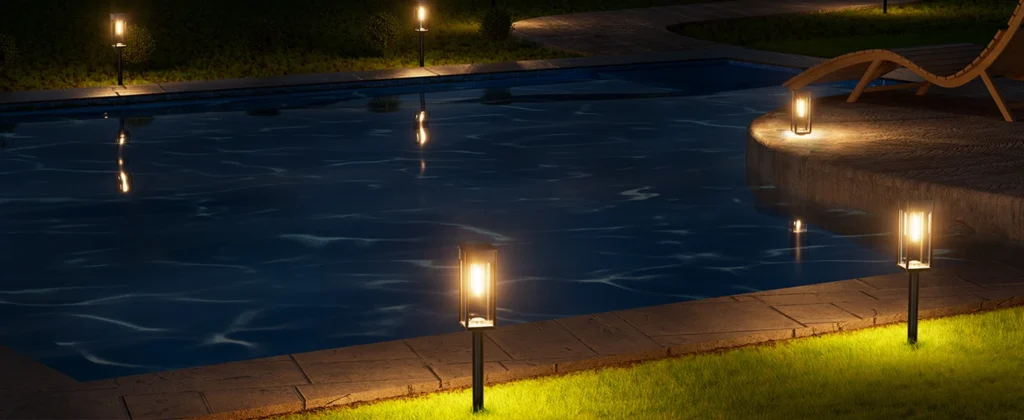
Low Battery Power
Solar lights rely on batteries charged by sunlight, but when the battery doesn’t hold enough juice, flickering or dimming is inevitable. Several factors can drain or weaken the battery:
- Prolonged cloudy weather: Days of overcast skies limit how much sunlight the solar panel can soak up, leaving the battery undercharged.
- Aging batteries: Most solar lights use rechargeable batteries like NiMH or Li-ion, which degrade over time—typically after 1-2 years of use. An old battery struggles to maintain stable voltage, causing inconsistent light output.
- Poor panel placement: If your solar panel is shaded by trees, buildings, or debris, it won’t charge efficiently, starving the battery.
To diagnose this, check if the lights dim early in the evening or fail to last through the night. A weak battery is often the root of the problem.
Loose Wiring or Connections
Another common issue is shaky wiring inside the solar light. Over time, internal connections can loosen, leading to unstable current flow. Here’s what to watch for:
- Loose solder joints: Vibrations or temperature changes can weaken solder points, especially in cheaper models.
- Corroded connectors: Outdoor exposure to moisture can corrode metal contacts, disrupting the circuit.
- Damaged wiring: If the light has been moved or knocked around, internal wires might be frayed or disconnected.
A quick inspection of the wiring (if you’re comfortable opening the light) can reveal loose or damaged parts. Tightening or replacing these connections often stabilizes the light output.
Overly Sensitive Motion Sensors
Many solar lights come with motion or infrared sensors to activate only when needed, saving energy. But if the sensor is too sensitive, it can cause flickering by constantly triggering:
- Environmental triggers: Small movements, like leaves blowing or passing animals, can set off the sensor repeatedly.
- Faulty sensor calibration: Some sensors are poorly tuned, reacting to minor changes in heat or light.
- Improper placement: Positioning the light near a heat source (like an AC unit) or reflective surface can confuse the sensor.
If your light only flickers when motion detection is active, try adjusting the sensor’s sensitivity (if adjustable) or repositioning the light to avoid false triggers.
Mismatched Solar Panel and Battery
Not all solar lights are created equal, and mismatched components can lead to performance issues. When the solar panel and battery aren’t compatible, the system struggles to deliver consistent power:
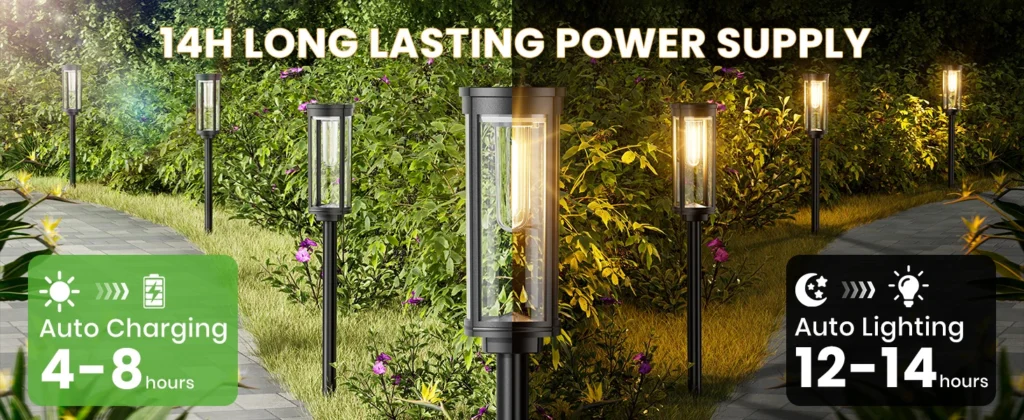
- Power imbalance: A panel that’s too small can’t fully charge a high-capacity battery, leading to weak output.
- Voltage mismatch: If the panel’s voltage doesn’t align with the battery’s requirements, the charging process becomes inefficient.
- Aftermarket replacements: Swapping out parts with non-original components often causes compatibility problems.
Check the specifications of your solar light’s panel and battery. If you’ve replaced either component, ensure they’re designed to work together for optimal performance.
External Light Interference
Solar lights often use light sensors to turn on at dusk and off at dawn. But external light sources can throw this system into chaos, causing the light to flicker or switch on and off:
- Streetlights or porch lights: Nearby artificial lights can trick the sensor into thinking it’s daytime, making the light shut off or flicker.
- Reflective surfaces: Glass, water, or shiny objects reflecting light onto the sensor can cause erratic behavior.
- Dirty solar panels: Dust or grime on the panel can reduce its ability to detect ambient light levels accurately.
If your light is near a bright source, try relocating it to a darker spot or shielding the sensor from stray light. Cleaning the panel regularly also helps.
How to Fix Flickering Solar Lights
Once you’ve pinpointed the cause, fixing your solar lights is usually straightforward. Here are practical steps to restore steady illumination:
- Replace or recharge the battery: Swap out old batteries for new ones with the same specifications. If the battery is still good, let the light charge in direct sunlight for 8-12 hours.
- Inspect and secure connections: Open the light (if safe) and check for loose wires or corrosion. Tighten connections or replace damaged parts.
- Adjust sensor settings: If your light has a motion sensor, tweak its sensitivity or turn off the motion feature temporarily to test.
- Relocate the light: Move the light away from external light sources or reflective surfaces to prevent sensor confusion.
- Clean the solar panel: Wipe the panel with a damp cloth to remove dirt, ensuring it captures maximum sunlight.
- Match components: If you’ve replaced parts, confirm the solar panel and battery are compatible in terms of voltage and capacity.
If these steps don’t work, the light’s internal circuitry might be faulty, and replacing the unit could be the easiest solution.
Getting Your Lights Back to Normal
Flickering solar lights are annoying, but the issue usually boils down to battery problems, loose connections, sensor issues, component mismatches, or environmental interference. By systematically checking each potential cause—starting with the battery and working through wiring, sensors, and placement—you can often fix the problem without much hassle. Regular maintenance, like cleaning the solar panel and replacing batteries every couple of years, can prevent flickering in the first place. With a little troubleshooting, your solar lights will be back to brightening your nights reliably.

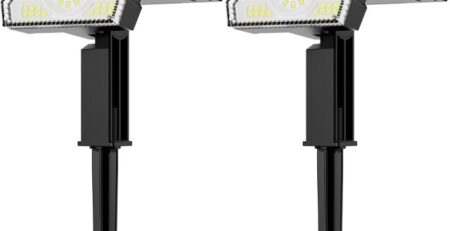

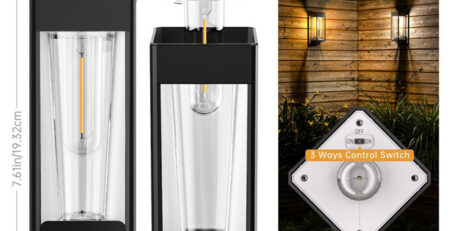


-1-1-450x231.webp)



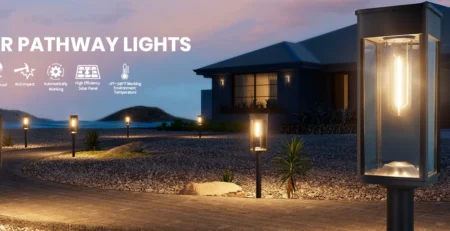
Leave a Reply